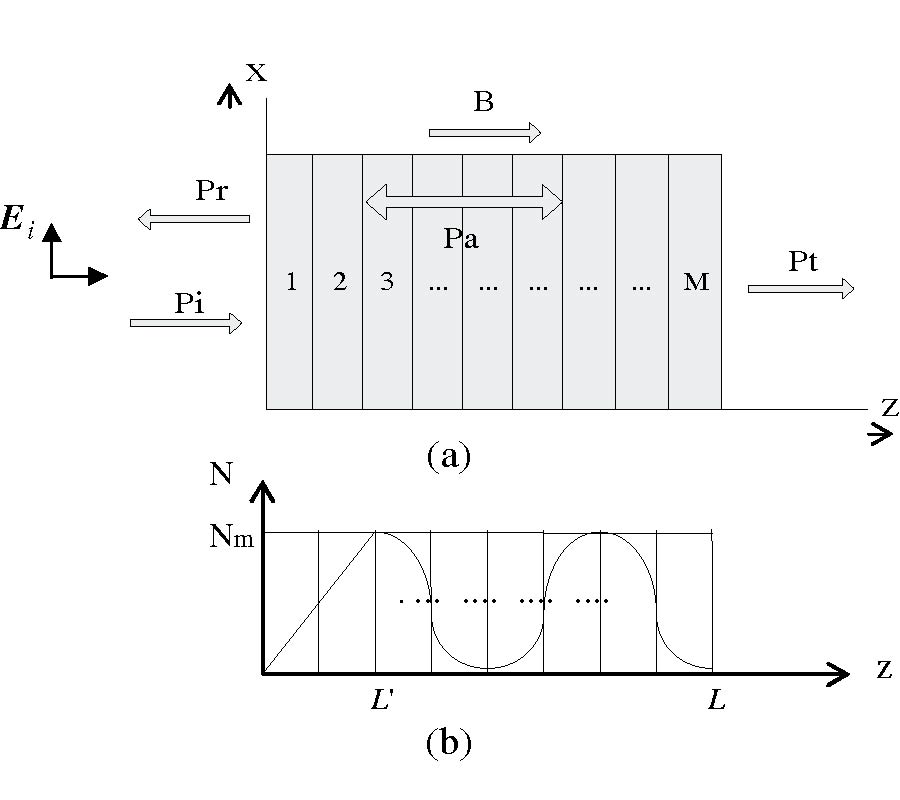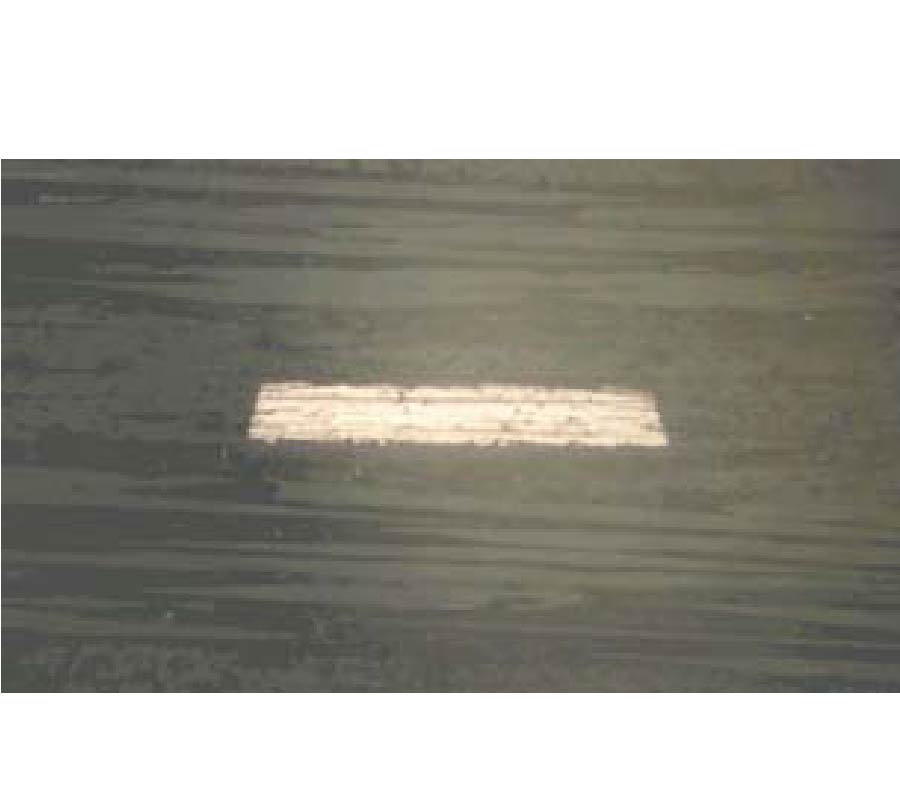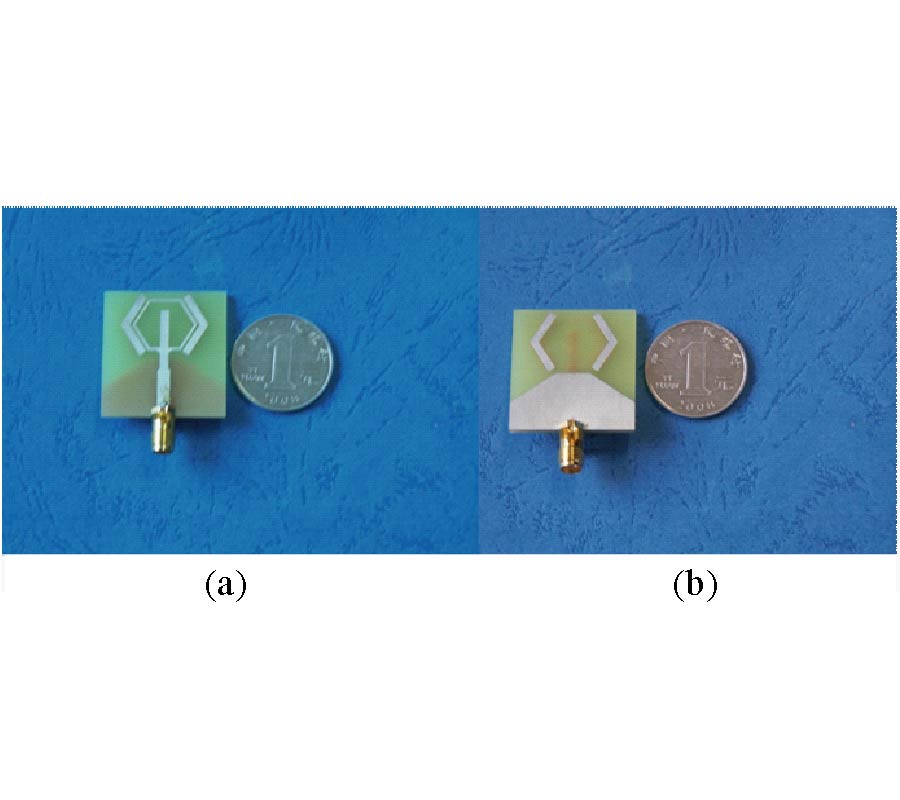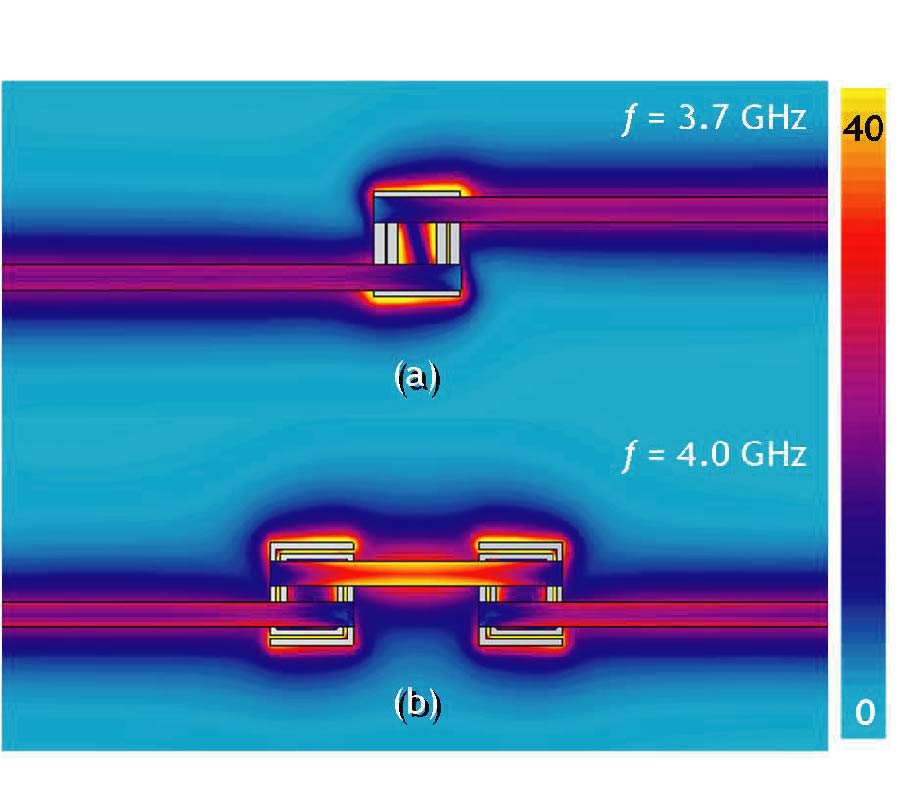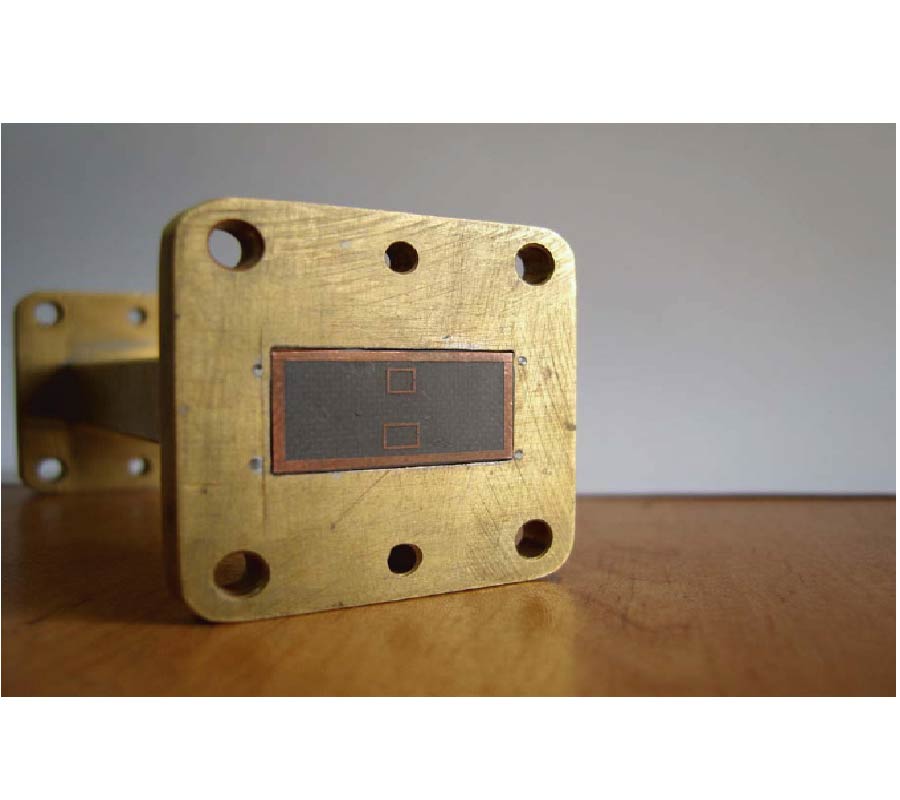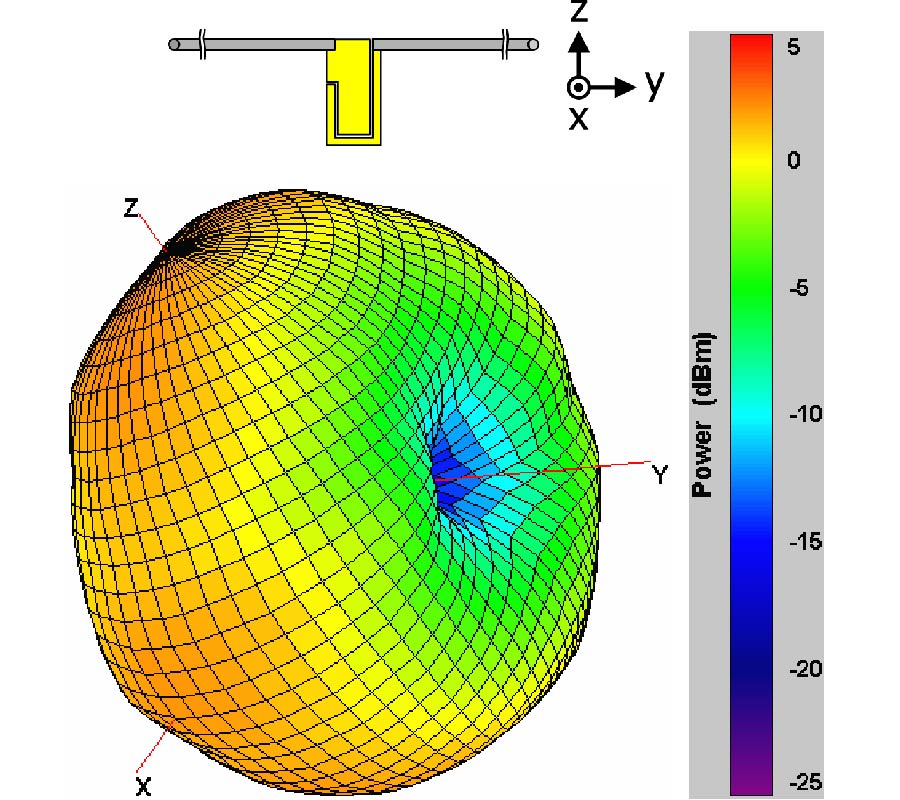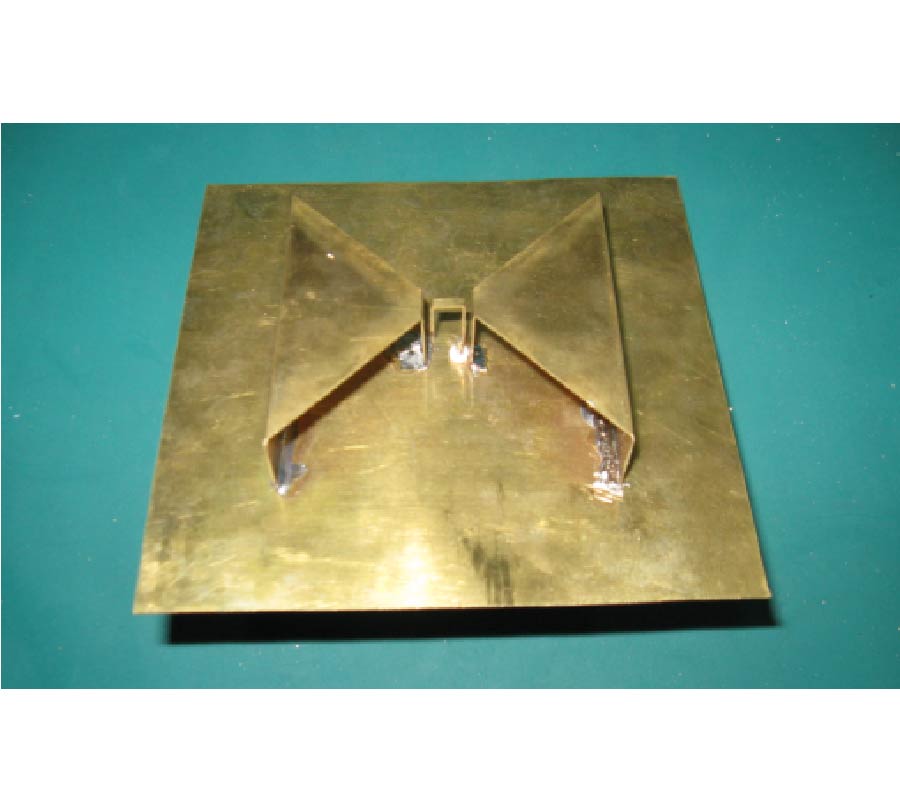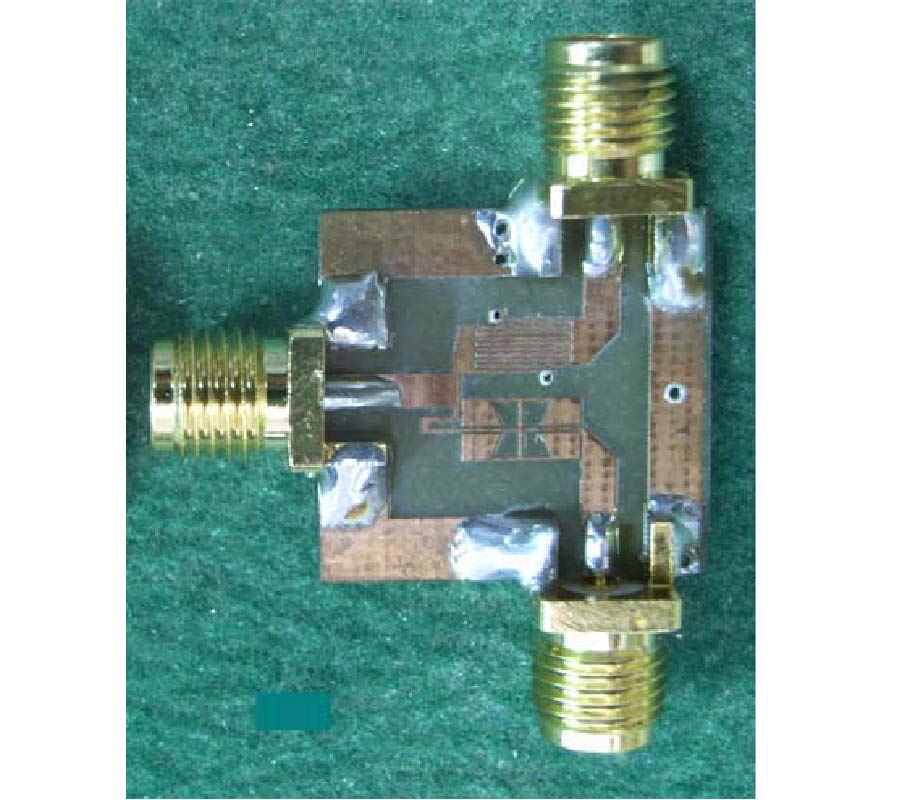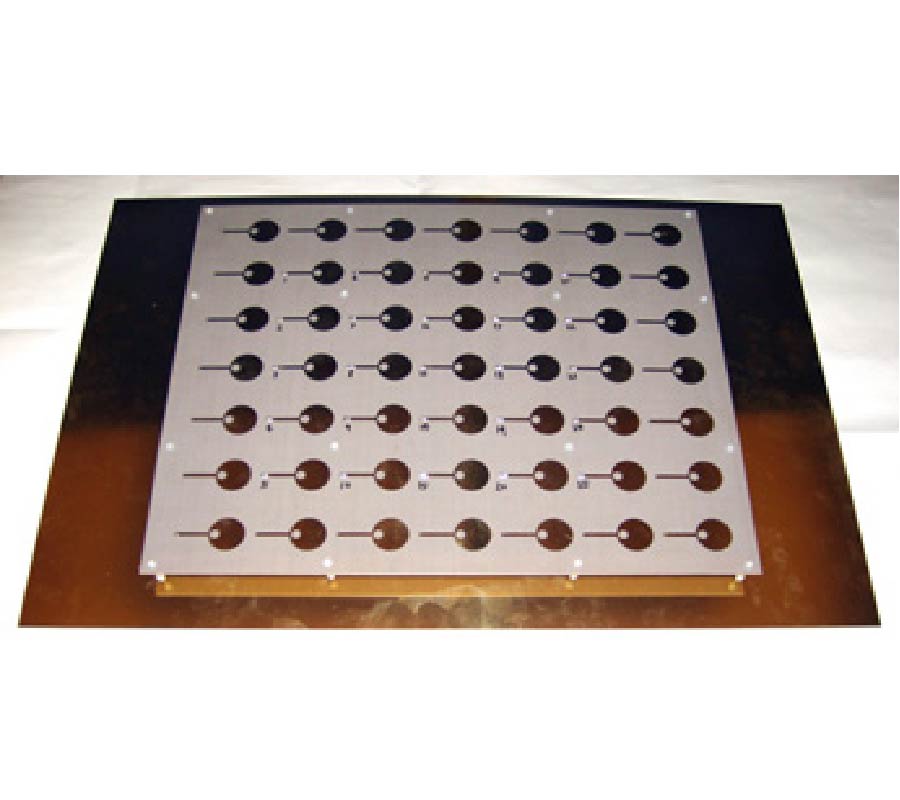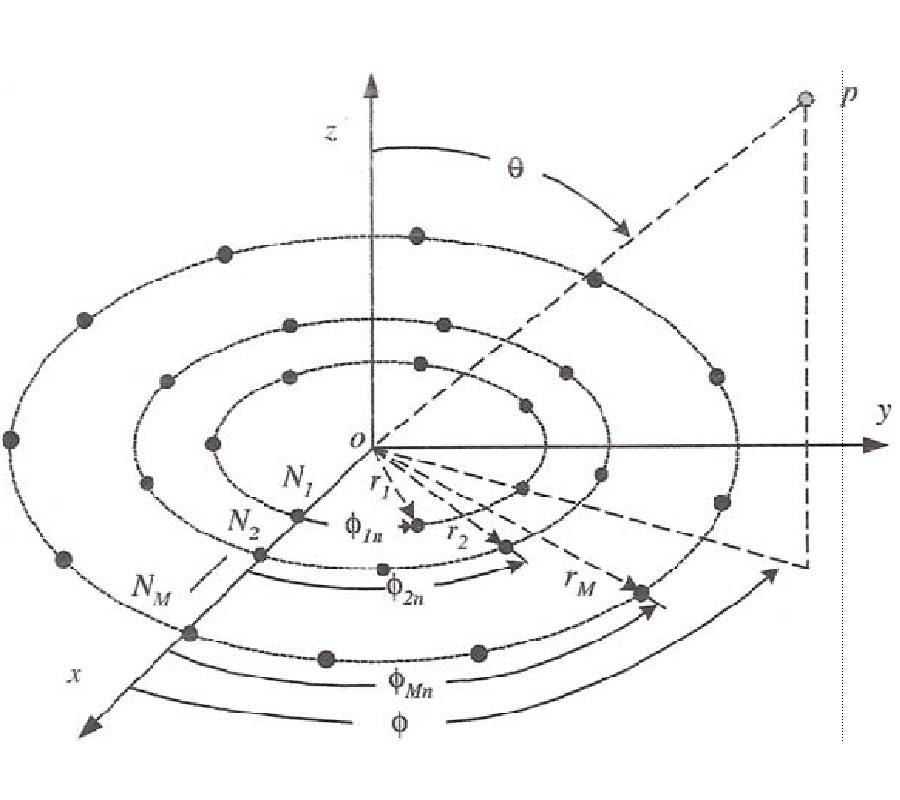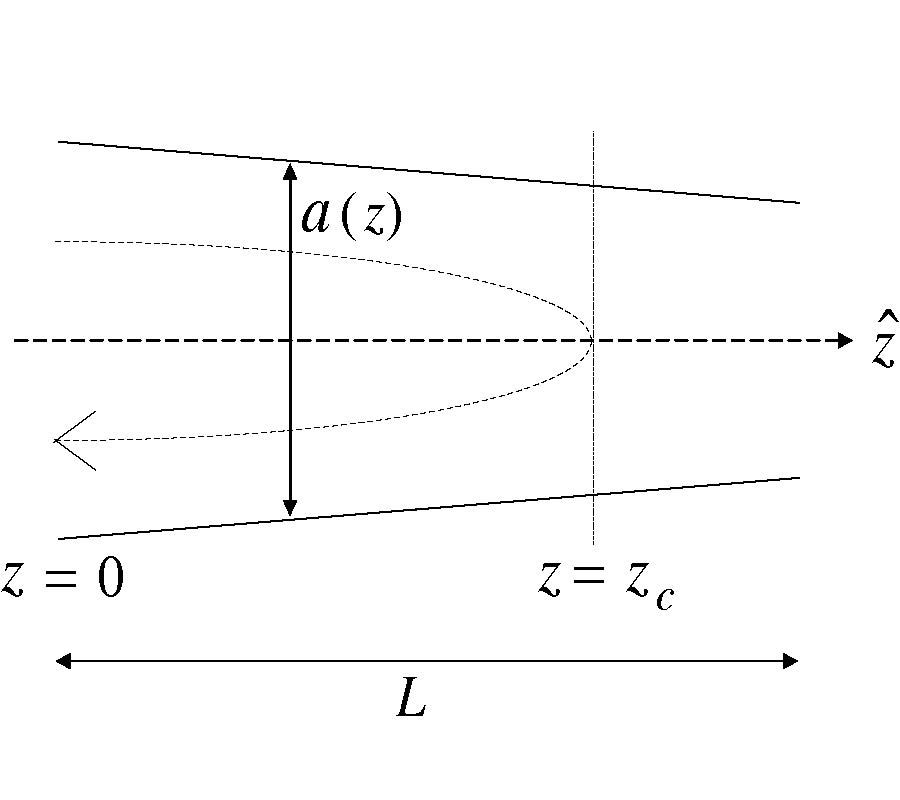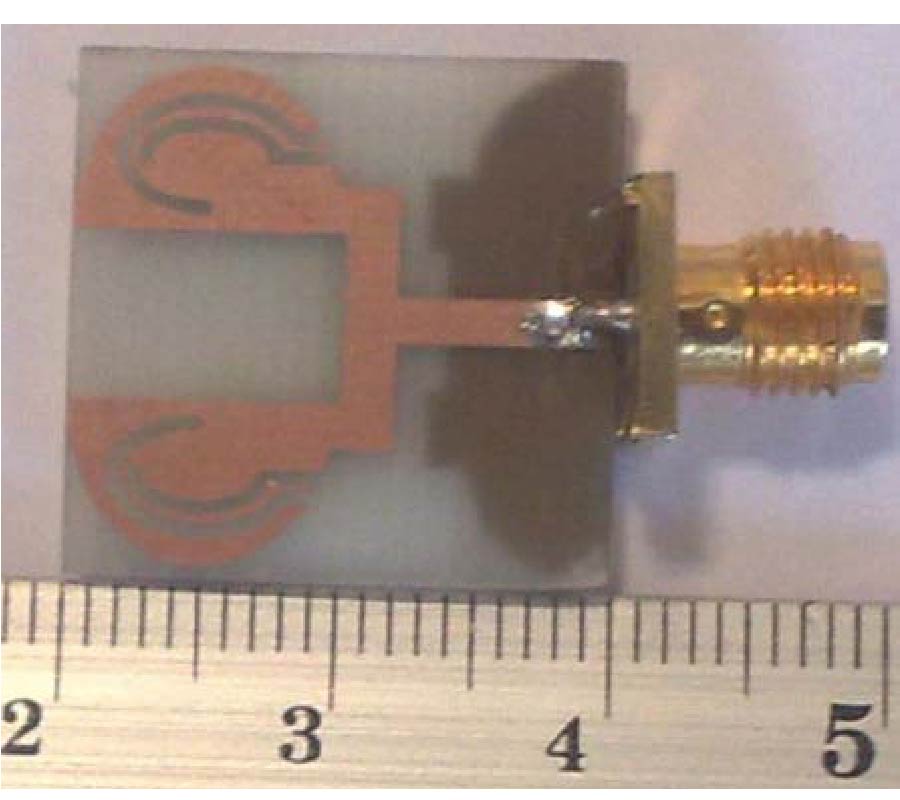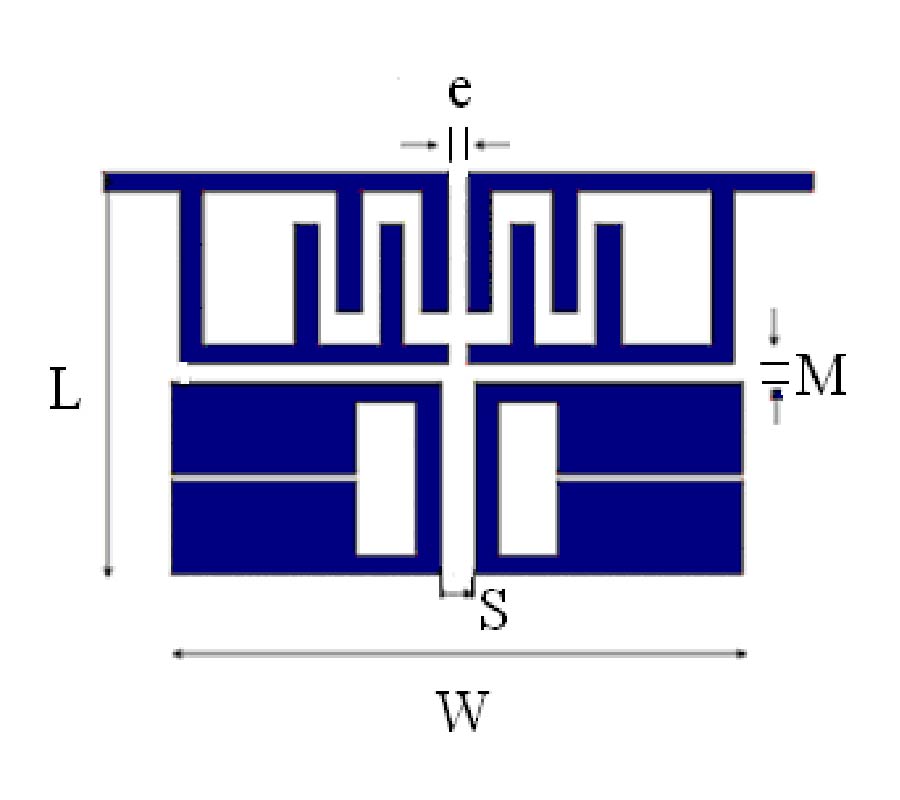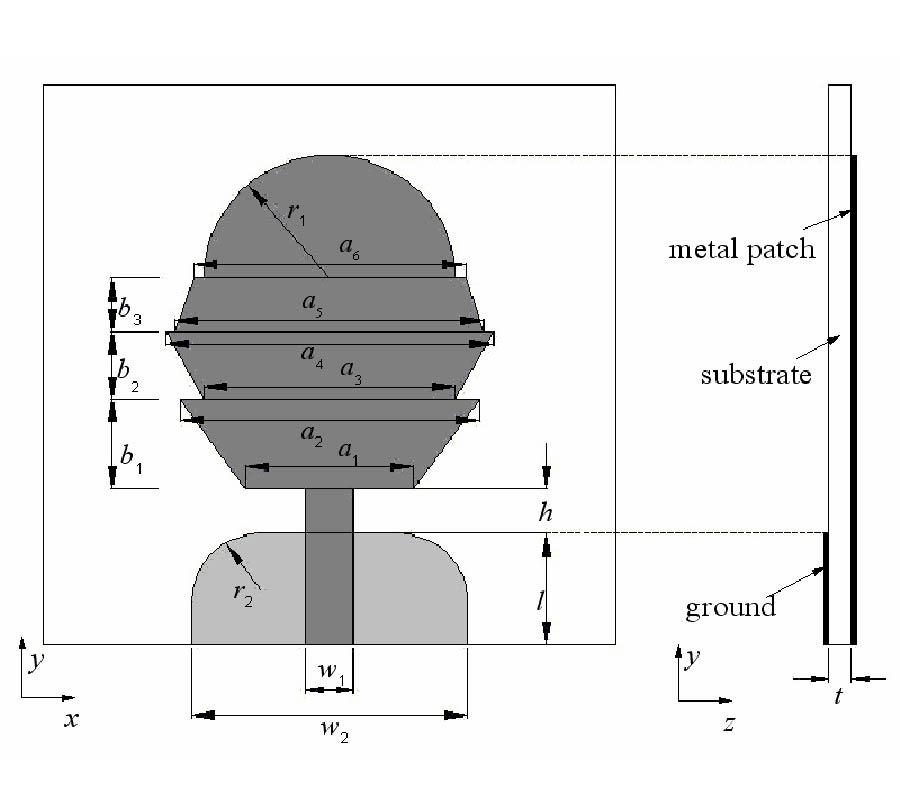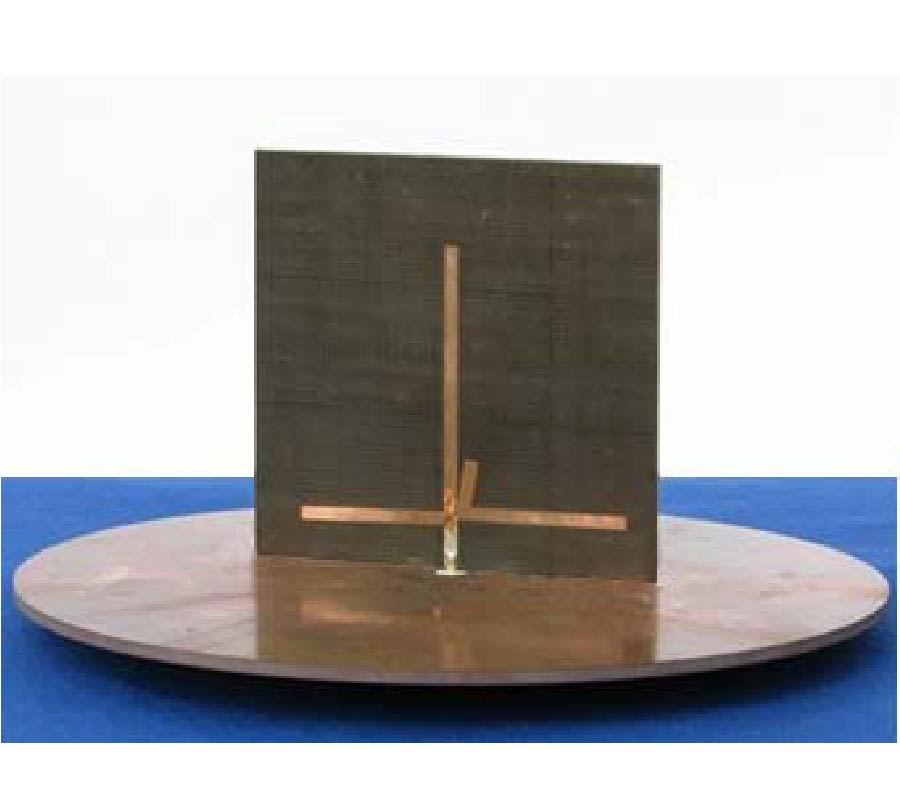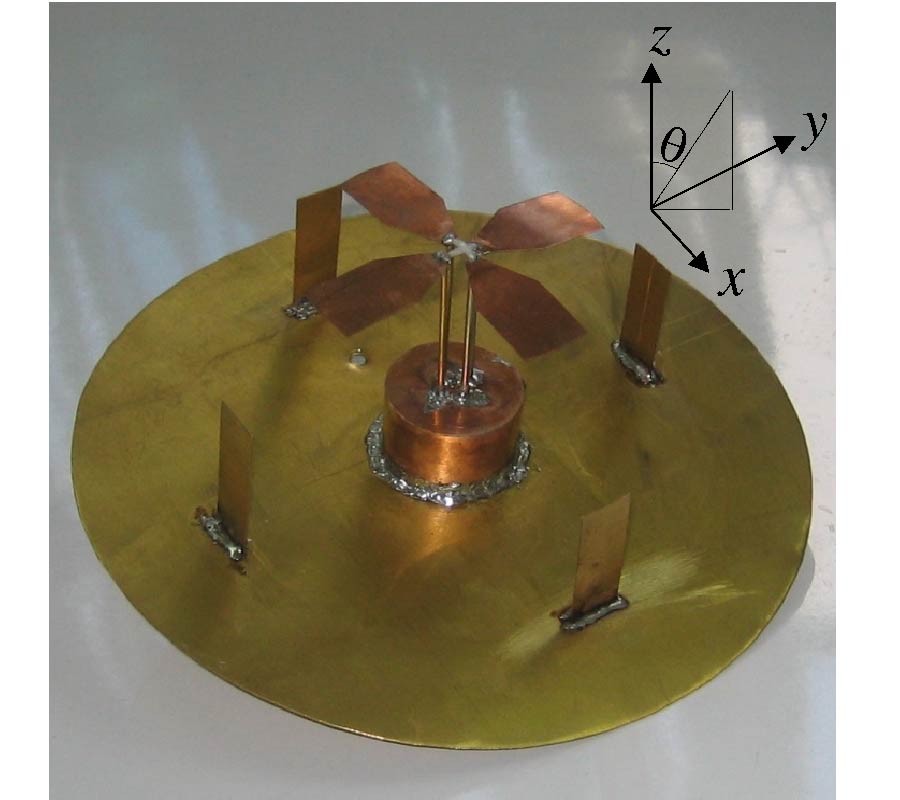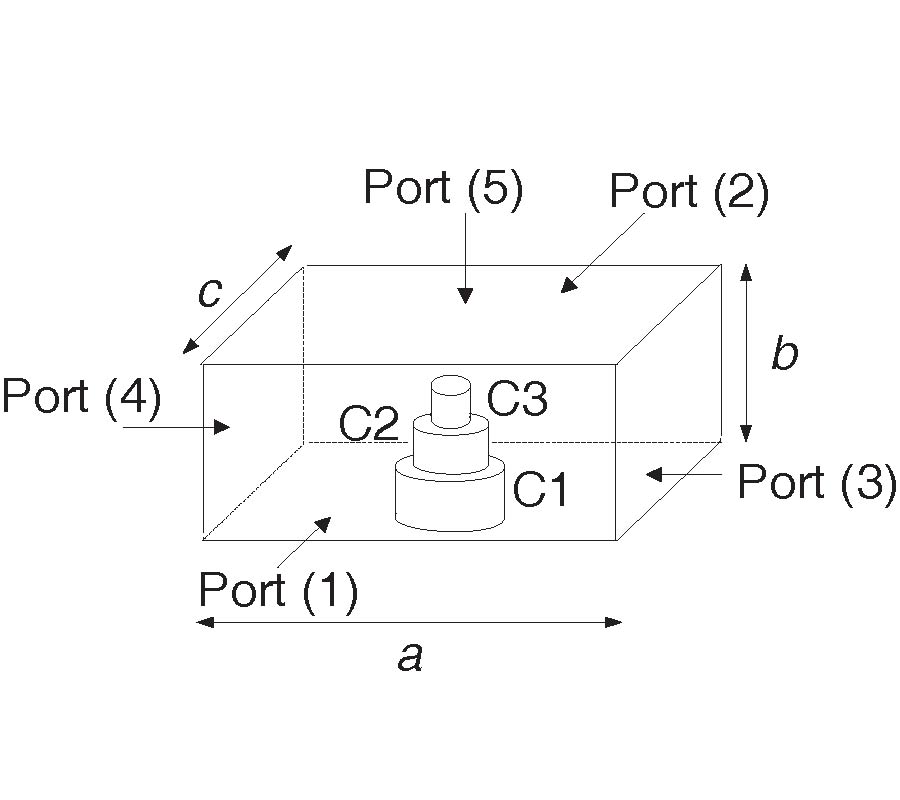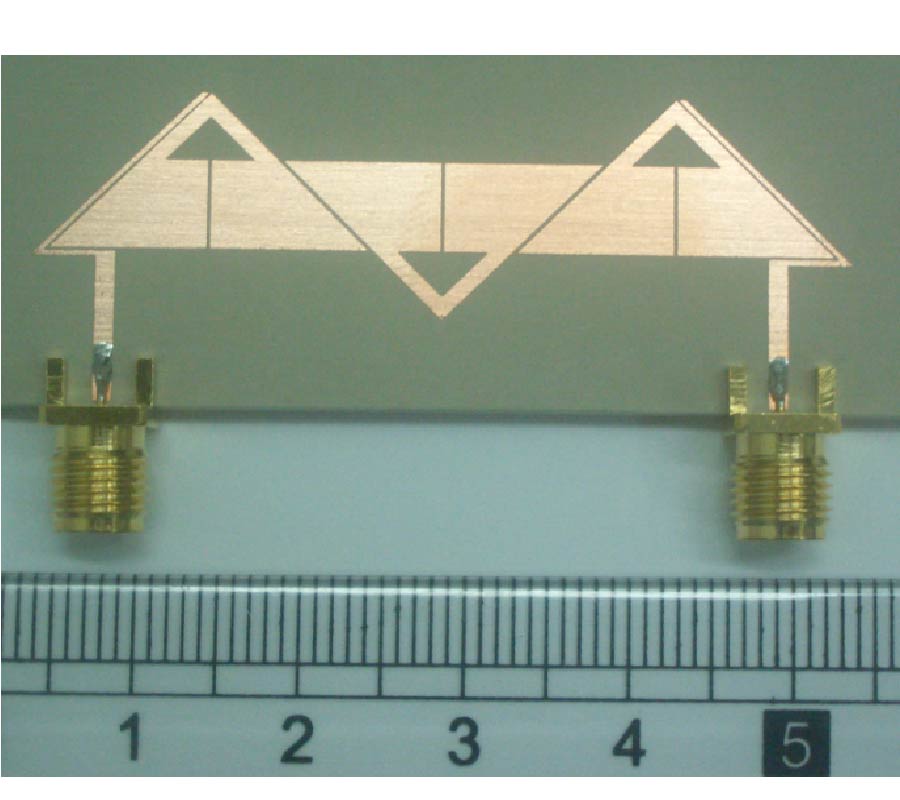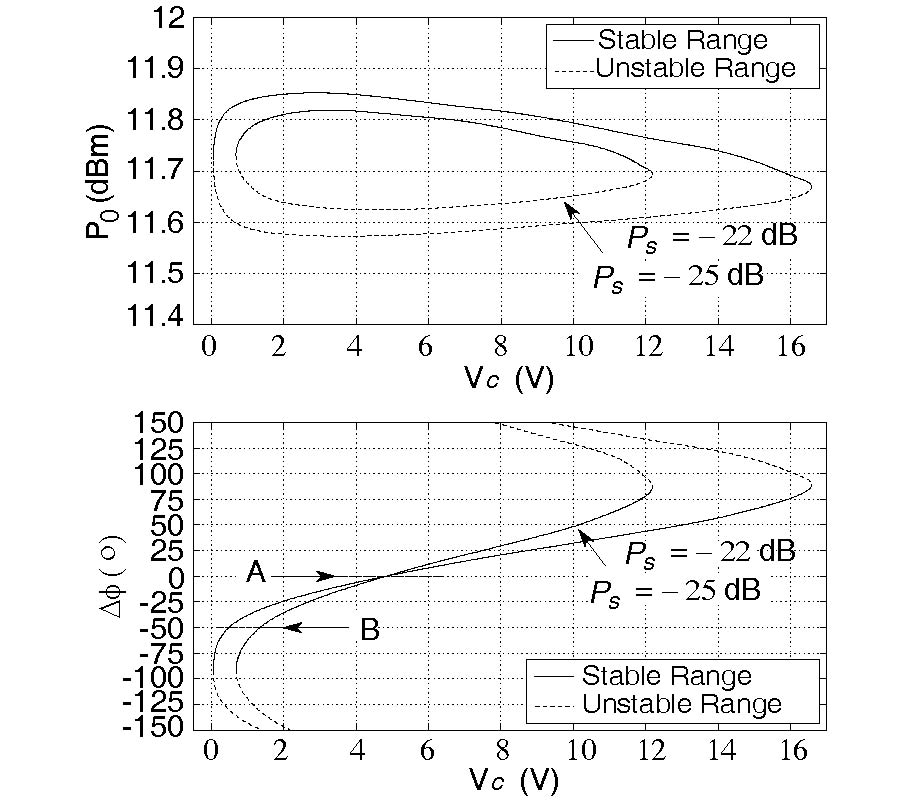Efficient Analysis and Design of Compensated Turnstile Junctions Using Advanced Modal Techniques
Angel-Antonio San-Blas,
Fermin Mira,
Jordi Gil,
Vicente Boria and
Benito Gimeno Martinez
In this work, the efficient analysis and design of optimised turnstile junctions showing low reflection coefficient is investigated. For this purpose, a rigorous multimodal analysis of compensated junctions is developed, which is based on the computationally efficient 3-D Boundary Integral-Resonant Mode Expansion (3-D BI-RME) technique. The electrical performance of the standard turnstile junction has been drastically improved by compensating this microwave component using piled-up partial-height cylindrical metallic posts placed on the base of the junction. Moreover, the authors demonstrate that improved designs can be derived by compensating the turnstile junction using one single cylindrical post, which is easier to manufacture than a piled-up post, and it is a more robust element to confront high-power effects. This novel Computer-Aided Design (CAD) tool has been verified through excellent comparisons between the obtained results and those provided by the technical literature, and also by a well-known commercial finite-element method software.
